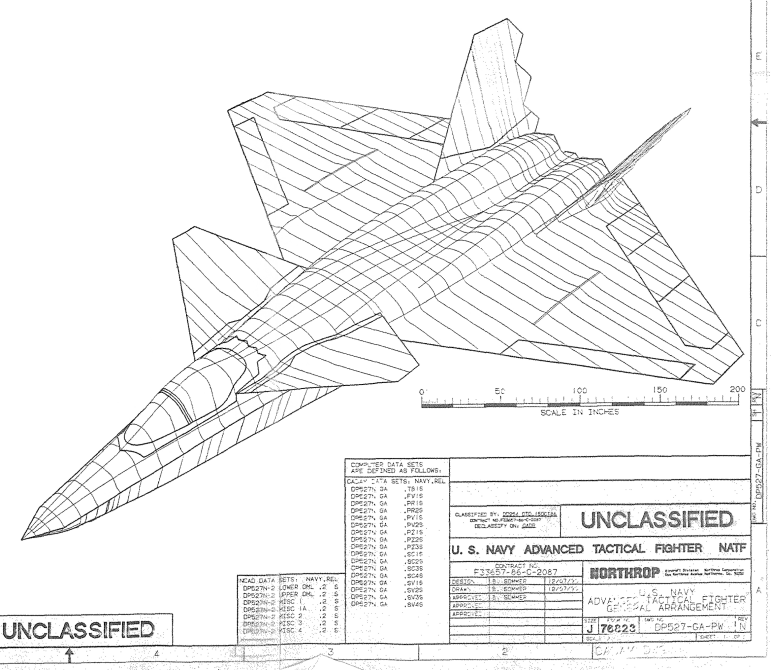This is the best visual explanation on wing planform w/o getting too technical..
basically high AR = long span therefor reduce drag and higher lift and vice versa. Cargo/passenger aircrafts for ex generally have high AR because lifting ability is more important than speed or reduction in induced drag and maneuverability (lower roll rate).

Sorry Deino, feel free to move these posts to the aerodynamics thread.
First off Pmichael, it is very "UNKOOL" to call a brother, Honey, so please if you can't be respectful, at least be KOOL? The Air Force Brat is 24 Volt, straight Negative Ground, DC.
The picture shows the tips lopped off diagonally on the "aft edge", so there is NO reduction in wing span, and minimal reduction in "wing area", all on the aft edge of the ailerons. While that does indeed reduce "mass" at the tips, it also more importantly reduces forces at the tips that "increase" on the side of the aileron deflected down, and "decrease" on the side with the aileron deflected up, reducing the overall "rolling moment" produced by full deflection of the ailerons either right or left.
and that will decrease the "rate" at which the aircraft is capable of being rolled! as I noted the change is very minimal, the F-22 has similar clipping of the aft edge, of the tip on both sides, for signature reduction.
Jeff Head or the Eng could explain it to you further, but apologies to Master Deino, this will be my last post on the J-20 thread, and yes please Mods, do move this off topic discussion to the aerodynamic thread, apologies again, but I loath in-accuracies.
but not as much as I loath being called "honey" by some????
Last edited:




